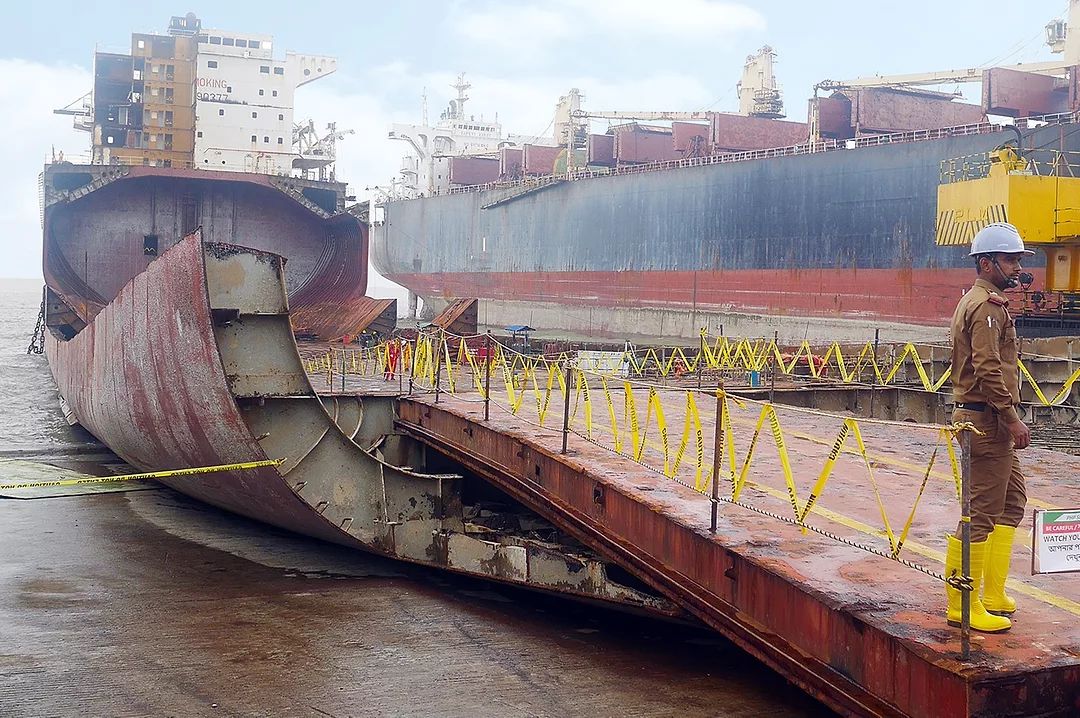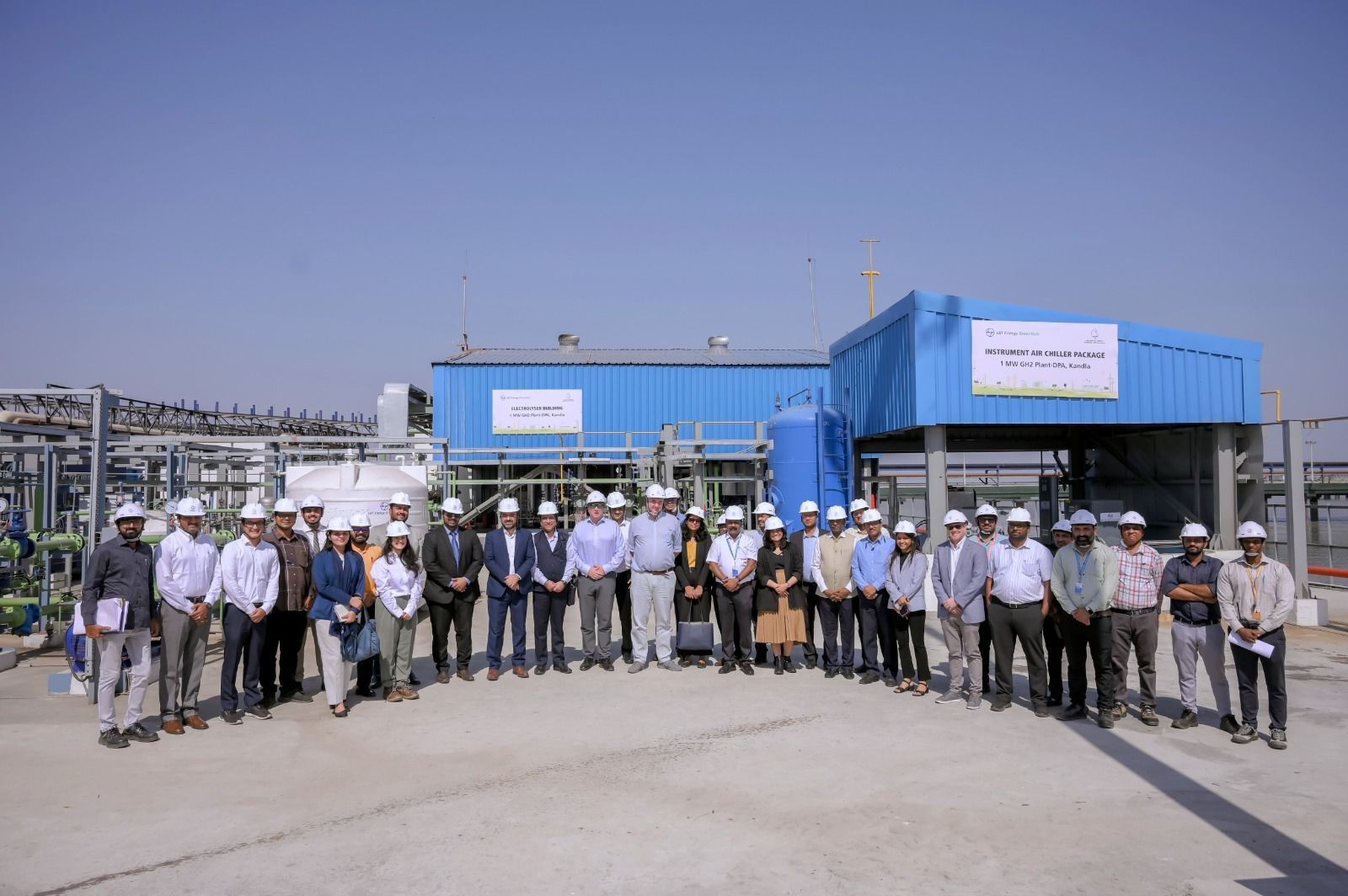Bhavnagar Port Sees Steady Decline in Cargo Revenue Despite Year-Round Operations
Bhavnagar, Gujarat – April 9, 2025 — Once a major cargo hub on Gujarat’s coastline, Bhavnagar Port is witnessing a steady decline in its cargo revenue, despite having the advantage of being a perennial port capable of operating throughout the year. While other regional ports such as Dahej and Hazira function with limited capacity during the monsoon season, Bhavnagar’s natural draft and all-season accessibility had previously made it a reliable alternative. However, cargo traffic and associated revenue have fallen significantly in the last four years, raising concerns among port authorities and local industry stakeholders.

Four-Year Cargo Trends Show Decline
According to data provided by the port authority, Bhavnagar Port handled 2,563,665 metric tons of cargo in 2024–25, marking a 10.75% drop from the previous fiscal year and a nearly 22% decline compared to the 2022–23 peak, when the port saw 3,294,684 metric tons in traffic.
| Fiscal Year | Cargo Handled (in MT) |
|---|---|
| 2021–22 | 2,753,012 |
| 2022–23 | 3,294,684 |
| 2023–24 | 2,872,864 |
| 2024–25 | 2,563,665 |
The downward trend in cargo volumes is directly impacting the port’s revenue and employment generation, especially in logistics, handling, and transportation sectors dependent on port operations.
Port Infrastructure and Cargo Handling Process
Bhavnagar Port is known for its deep draft—ranging from 12 to 14 meters—which allows large vessels to anchor offshore. These vessels unload their cargo into smaller mini bulk carriers or barges with a capacity of up to 2,000 tons. The barges then approach the concrete jetty at the new port during high tide. Once docked, the cargo is transferred from the barges to the Jetty Transit Area (JTA), from where it is loaded onto trucks for distribution across Gujarat and to nearby states.
The port mainly handles coal and limestone, with occasional salt exports. Import demand is driven by regional industries, particularly in Madhya Pradesh, Punjab, and Rajasthan, as well as Gujarat-based firms like Nirma, a major importer using the port for coal and limestone required in chemical and detergent production.
Monthly Breakdown Highlights Irregular Activity
The monthly breakdown of cargo for 2024–25 reflects irregular activity, with some months registering zero coal imports, a rarity for a port that once served as a key coal handling center during the monsoon season when other ports scaled down operations.
| Month | Coal (MT) | Limestone (MT) | Total Cargo (MT) |
|---|---|---|---|
| Apr-24 | 0 | 160,121 | 160,121 |
| May-24 | 196,050 | 54,023 | 250,073 |
| Jun-24 | 280,153 | 106,473 | 386,626 |
| Jul-24 | 111,085 | 99,756 | 210,841 |
| Aug-24 | 277,157 | 114,764 | 391,921 |
| Sep-24 | 168,874 | 50,257 | 219,131 |
| Oct-24 | 106,794 | 161,806 | 268,600 |
| Nov-24 | 0 | 163,959 | 163,959 |
| Dec-24 | 55,950 | 214,644 | 270,594 |
| Jan-25 | 57,955 | 51,017 | 108,972 |
| Feb-25 | 79,360 | 0 | 79,360 |
| Mar-25 | 0 | 53,467 | 53,467 |
The erratic monthly numbers suggest that cargo movement is more reactive to fluctuating demand rather than driven by a consistent, planned logistics strategy.
Loss of Transshipment Activity
One of the critical factors in the port’s decline has been the cessation of transhipment cargo operations. In previous years, Bhavnagar benefited from overflow traffic during the monsoon months when ports like Dahej and Hazira scaled back. Ships were used to anchor offshore at Bhavnagar, transferring goods into smaller vessels that would then complete delivery inland. This practice brought significant additional revenue but has now ceased, further impacting Bhavnagar’s throughput.
Expert Opinion: Geographical Advantage Undermined
Despite its strategic location and ability to function year-round, experts argue that Bhavnagar Port is not realizing its full potential. A local maritime logistics analyst noted, “Geographically, Bhavnagar is well-placed to serve both domestic industries and coastal shipping networks. But a lack of modernization, limited policy support, and inconsistent industrial demand are major hurdles.”
He also pointed out that as cargo operations depend heavily on the import requirements of local industries, any dip in industrial production or a shift in supply chains can adversely affect the port’s performance.
Looking Forward
Reviving Bhavnagar Port’s fortunes will likely require policy interventions, investment in infrastructure modernization, and possibly a rethink of its role in Gujarat’s broader maritime strategy. With Gujarat being a major maritime state, stakeholders hope that Bhavnagar’s decline can be reversed through public-private partnerships, incentivized logistics models, and improved connectivity to the hinterland.
As the 2025–26 financial year begins, the port authority is expected to unveil a strategic plan aimed at attracting more cargo traffic and restoring Bhavnagar’s historic importance in the regional maritime economy.
Author: shipping inbox
shipping and maritime related web portal








